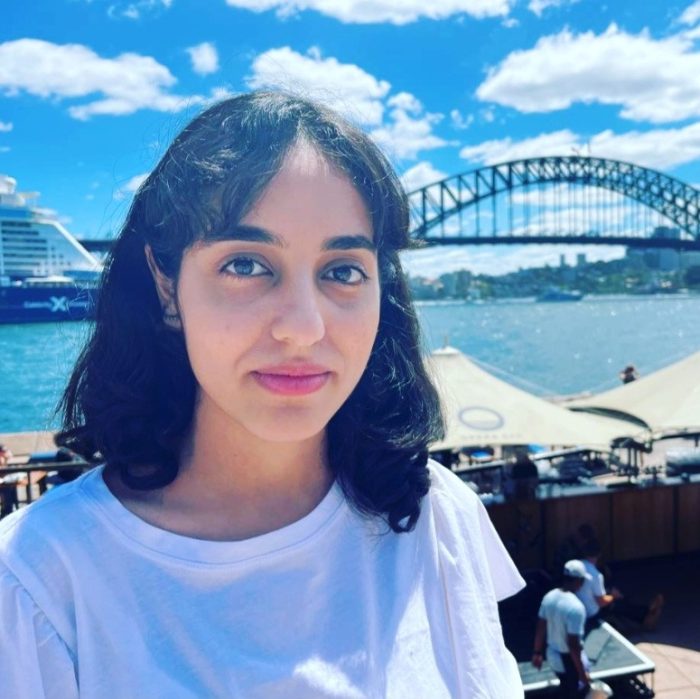Written by Laure Poncet
Maryam Fazeli grew up in Iran. Hailing from a family of engineers, Maryam studied mechanical engineering at Shiraz University.
“My father is an engineer and my grandfather was one of Iran’s first engineers. He built several roads in Iran and his own house, which I used to visit as a kid.”
“While these mechanical engineering studies made sense for me, I can’t really say ‘I’m a proud engineer’ because I’ve always had trouble identifying with one field in my career.”
From mechanical engineering to urban climate
When asked what led her to shift from mechanical engineering to urban climate and heat modelling, Maryam explained: “Some themes have guided me through life. They don’t have clear boundaries but I might categorise them as meaning, passion, and analytical thinking.”
“Meaning is about doing what makes sense to me and serves a meaningful purpose. A strong motivator for me is taking actions that contribute positively to others or the environment. Working in the climate space allows me to do just that.”
“Passion is about what inspires me and relates to my love for creativity, arts, design and architecture. In my free time, I enjoy sketching and painting. This artistic theme also runs in my family. My mom is a talented painter and my grandmother used to craft magnificent clothes.”
“Finally, analytical thinking reflects my interest in math, physics, science and engineering. I like to use my brain to solve complex problems and think analytically.”
“Sitting at the intersection of climate, science, architecture and the built environment, urban climate contains these three themes, so this transition felt natural to me.”
After completing a master’s degree in mechanical engineering, Maryam moved to Sydney, Australia, to pursue a PhD in urban climate at the University of New South Wales.
“I decided to move to Australia because of its strong focus on climate and environment. Sustainability was a major theme across all universities, and I really liked that.”
“I could also relate to what they were doing in terms of design and innovation – the creativity was there.”

Assessing heat exposure in Australia’s cities
In her PhD, titled Human-Centric Modelling and Assessment of Heat Exposure in Australian Cities, Maryam uses urban climate modelling to develop heat exposure maps of Australian cities. These maps aim to highlight heat variations in cities and help identify areas at risk of extreme heat. She is particularly interested in better representing human thermal comfort than traditional temperature maps.
“I’m currently simulating heat exposure over Sydney, but I’m doing it in a way that is more relevant to people.”
“This is done by considering additional factors in our simulations – on an urban scale – that affect how humans experience heat, such as radiation and wind speed. We also use high-resolution simulations that allow for a more human-centred assessment.”
“Extreme heat is the leading cause of death in Australia among other climate extremes. Although its fatal effect might not seem that explicit yet, most people must have noticed more intense heat through longer periods of time. This alone shows why research around that topic, especially with a human-centric approach, is so important. Extreme heat impacts people’s lives.”
Research impact
When asked what she likes most about being a researcher, Maryam said: ”I really enjoy meeting people from different backgrounds. There are so many brilliant people and great research out there. Trying to understand their research requires stretching my mind; this might feel challenging but it is rewarding in the end.”
Looking to the future, Maryam says she plans to stay in the urban climate space and continue developing the human-centric approach.
“I’m seeking ways to meaningfully include the human-centred part more to the equation. There are human-centric elements in my research right now, but I don’t think it’s enough. I want a holistic human perspective to be central to what I do.”
“I’ll look for something that inspires me, it will probably be something of the same nature as what I’m doing now. I’ll probably go where the elements that have guided my life up to now – meaning, passion and analytical thinking – are even more pronounced.”
